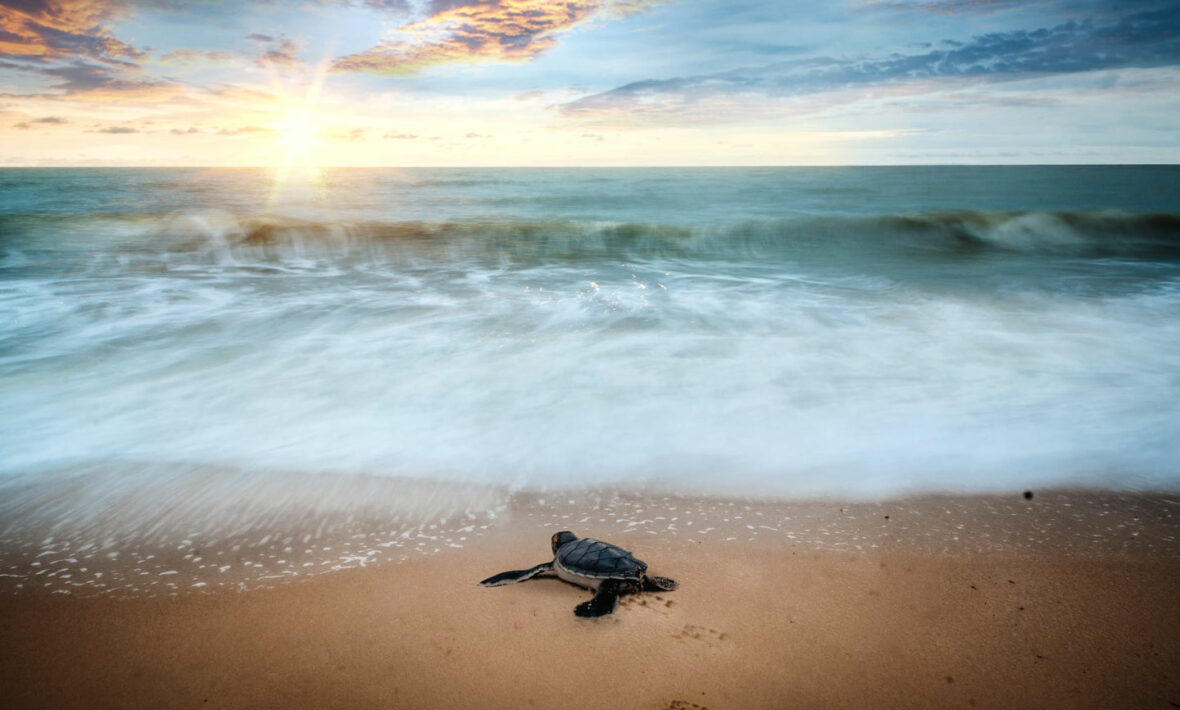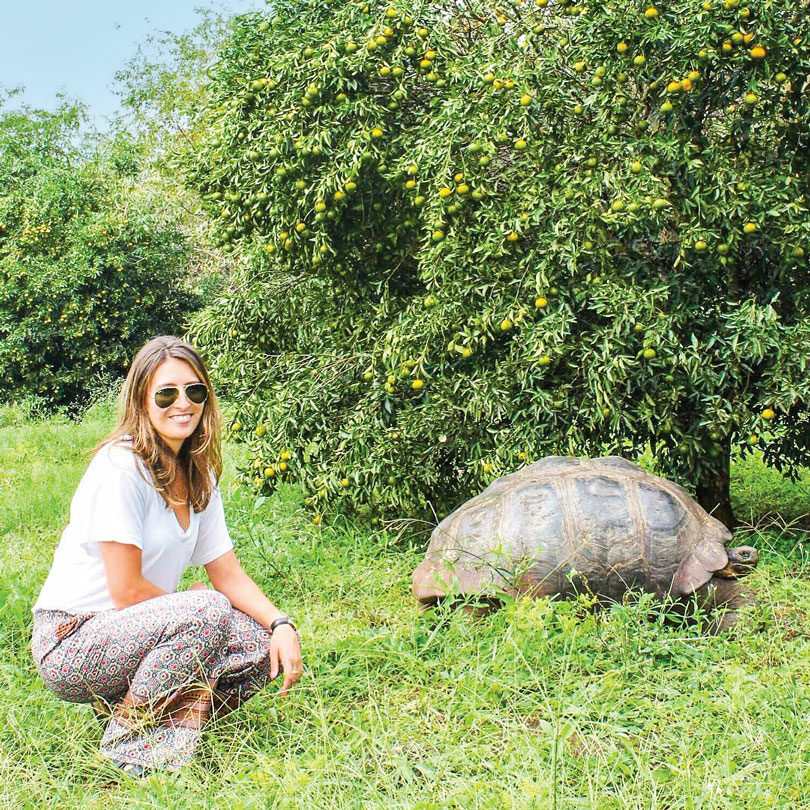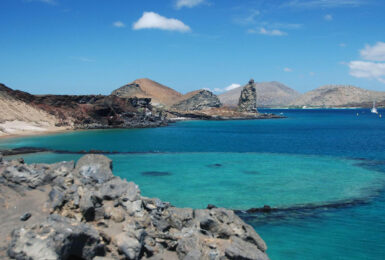
Thinking about the horrors of climate change and the struggles our planet is facing can really get you down, which is why, for what feels like the first time in a long time, we’re coming at you with a good news story. You’re welcome. After more than 100 years without a sighting, baby tortoises have finally been seen again on the island of Pinzón in the Galapagos. We know—it’s big news.
Galapagos tortoises have long been on the critically endangered list (and still are), so it’s a huge reason to celebrate since this could be a sign that the tide is turning for the species. The Galapagos is home to many unique animals that aren’t found anywhere else in the world, and the delicate ecosystem is easily upset by things like ocean pollution (which, as we all know, has sadly has become an epidemic) and invasive foreign species introduced by humans.
Another threat to the tortoise population was also the introduction of long-tailed rodents, brought to the island on ships during the 18th century. These rats had a taste for tortoise eggs and the population slipped into decline, to the point that not a single baby tortoise survived over the following decades.

Image source:@amy.a.mullins_
While researchers have put efforts into protecting the Galapagos tortoise population since the 1960’s by trying to remove the rats to raising tortoises elsewhere before returning them to their natural habitat, the tortoises were still numbered at only 100. In 2012, conservationists were finally about to successfully eradicate the rats on Pinzón and the long-living tortoise numbers begun to creep up to an estimated 300, but still, no babies. That is, until now. In December 2018, at least 10 baby tortoise hatchlings were identified by researcher Dr. James Gibbs. Gibbs tells The Dodo:
“I’m amazed that the tortoises gave us the opportunity to make up for our mistakes after so long.” – Dr. James Gibbs
Nowadays, researchers believe that the adult population of tortoises could number almost 500, and while it’s impossible to count them all, even spotting 10 hatchlings is a sign of good things to come.
“Given projection probabilities, I’m sure there were a hundred times more hatchlings out there.” – Dr. James Gibbs
Declared a successful mission to the Galapagos, the population survey notes end on a poignant reminder that we can all do our part to change this planet and protect its wildlife: “After a productive if physically challenging trip, we teetered our way back down the uneven lava one last time. Along the way we discovered a remarkable trove of broken glass bottles and clay jugs — clearly from the era of pirates or whalers. A few of the oldest surviving tortoises we’d encountered may have even watched whalers come and go, taking with them thousands of their fellow tortoises. But this lot of humans — park rangers and scientists — are different. Although we prick, poke, paint, measure and generally bother the tortoises, we take only data. The results of our week on Pinzón show an island in recovery, a growing tortoise population, and provide confirmation of the good work of the Galapagos National Park Service and its many collaborators.”

Image source:@amberstorie


